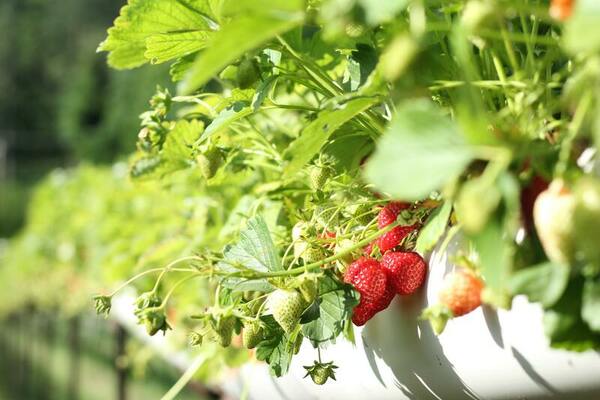Analysis of biofertilization impacts on Pisum sativum
(1) Williamston High School Math and Science Academy, Williamston, Michigan
https://doi.org/10.59720/22-119
Nutrient degradation in soil is becoming a prominent agricultural issue due to widespread unsustainable farming practices such as overgrazing and over-cultivation. As agriculture is such an integral aspect of society, developing methods to increase crop yield is imperative for feeding the future generations of humankind. The United States spends billions of dollars each year to combat nutrient loss in soil, but soil productivity and crop yields are still decreasing. In this study, we explored the various effects of three different produce-based biofertilizers on pea plant growth, using red apple, pear, strawberry, and control treatments. To apply the fruit biomatter, we peeled, powdered, and mixed the fruit with distilled water to form a solution. We watered the pea plants, Pisum sativum, with the different solutions for the duration of the 18-week experiment. We hypothesized that the application of fruit biomatter would increase the growth of pea plants, with the application of strawberry biomatter having the most significant effect due to strawberries containing a higher nutrient content compared to pears and apples. Upon analysis, we observed that the fruit biomatter with strawberry peels significantly increased the growth of the pea plants, while the application of red apple biomatter and pear peel biomatter had no significant effect. The application of strawberry biomatter could prove to be an effective way to increase plant growth in commercial agriculture. Further research is needed to determine if the application of apple and pear biofertilizers increases the plant growth of Pisum sativum.
This article has been tagged with: